
It's not just the Great Lakes themselves. It's not just the water, and the massive holes in the ground that cradle it. It's the world around the edges that the waters make possible. The susgar sands of Lake Michigan, the agate beaches of Lake Superior, the Niagara Falls between Erie and Ontario.
It's the edges. Where the oak and hemlocks decide, almost unanimously that they should stop and let the dune grass have a place of its own with the trees fomring a line along the dune ridge looking down, but rarely passing.
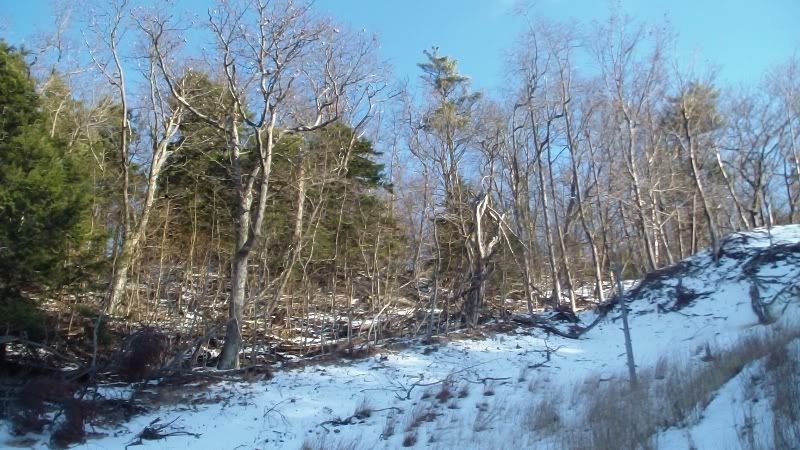
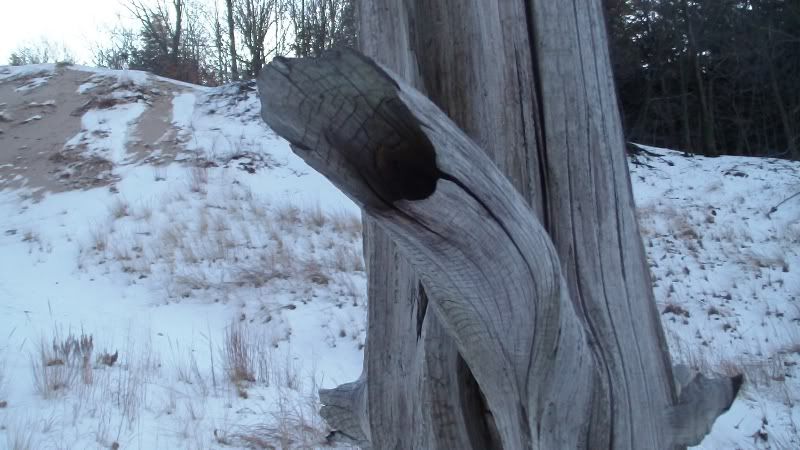
Someplace between the waterline and the tree-covered hills in the interdune habitats built up over the millenia, is an ecosystem of its own. It inhabits a thin band just 100 feet wide in many places, but streches up the shoreline of Lake Michigan for hundreds of miles. Parabolic dunes, or "blowouts"expand the sandy ecosystem into the woods, here and there...where natural or man-mad erosion caused the underlying sand of a large dune to be exposed and the wind continuously removes the ground cover, back and back and back.
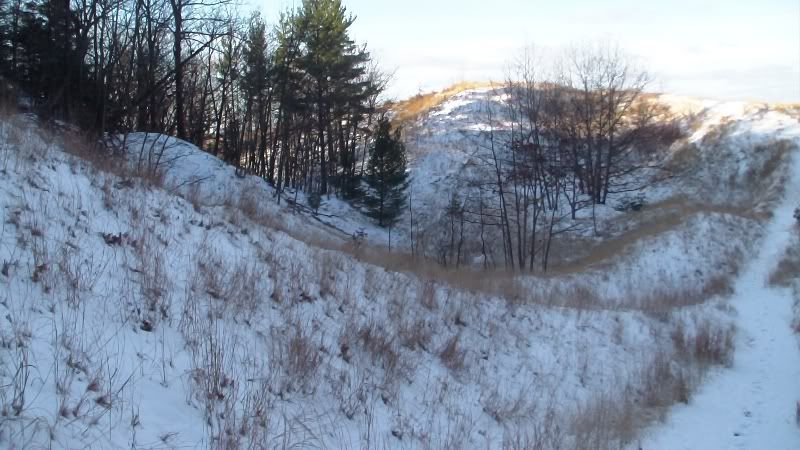
The dune grass plays an important role in stabilizing the dunes. Keeping them put. Allowing the establishment of nutrients and soil and keeping the water down...Preparing them once again for the trees to move in as far as they'll dare.
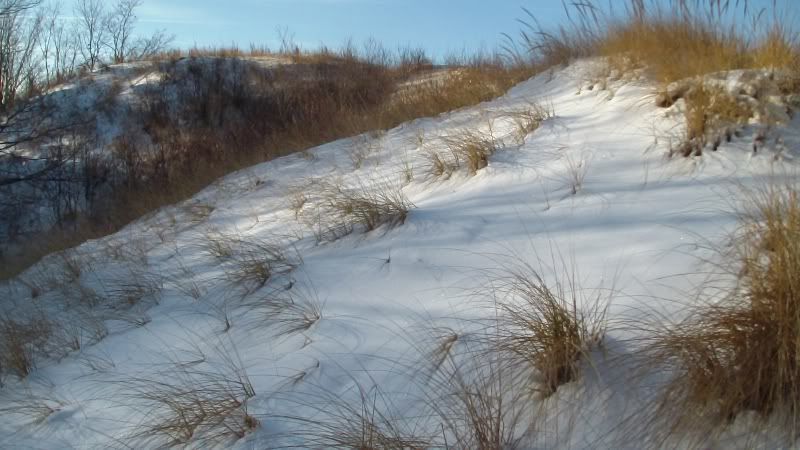

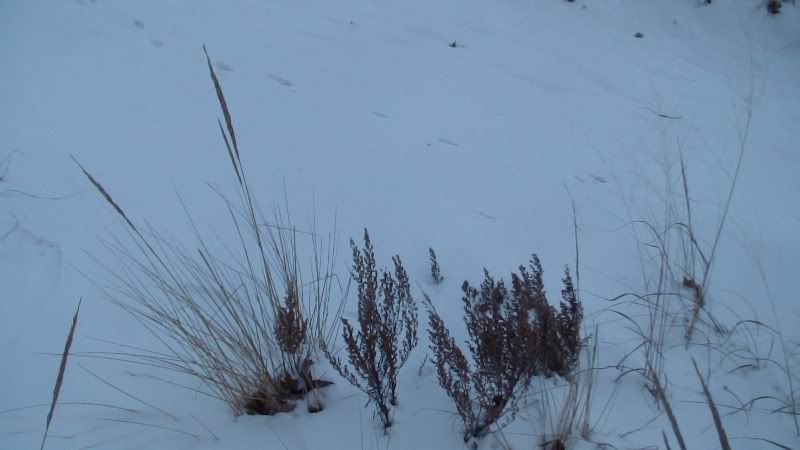
No comments:
Post a Comment